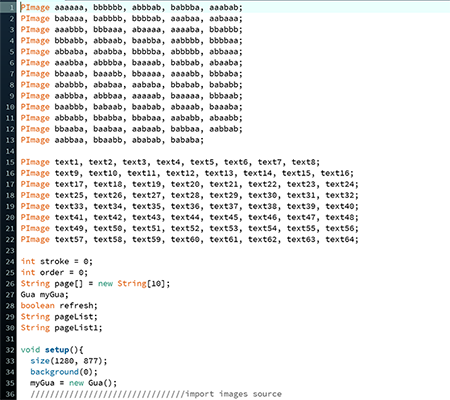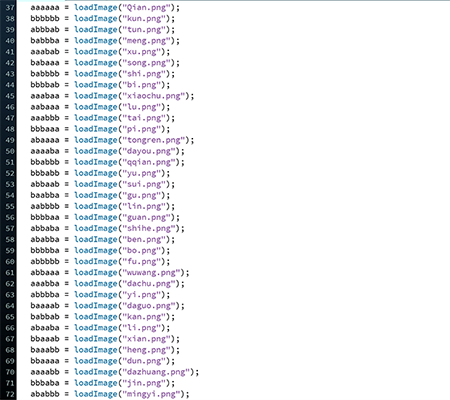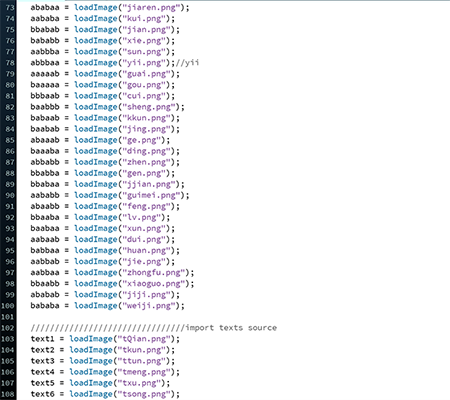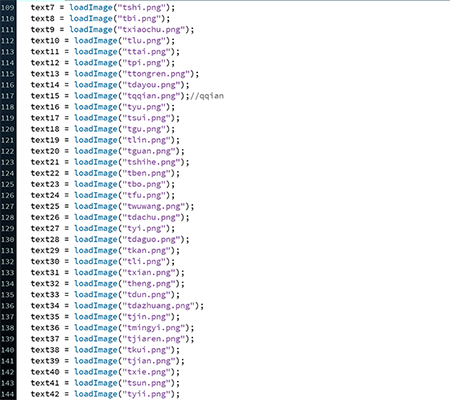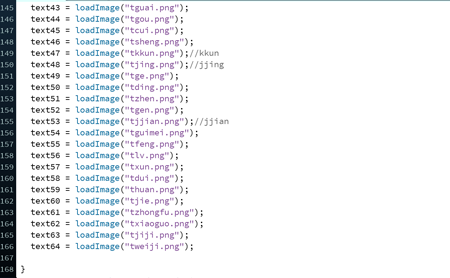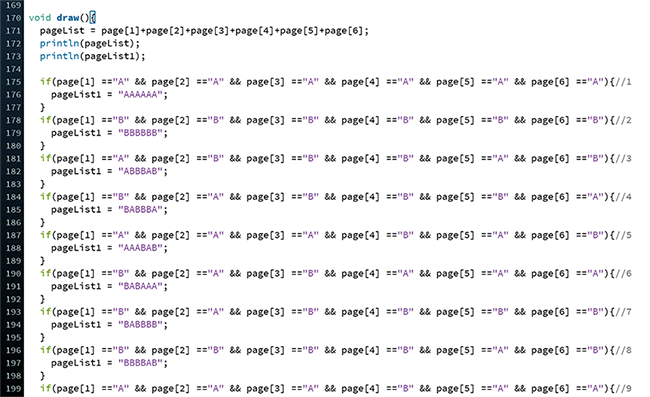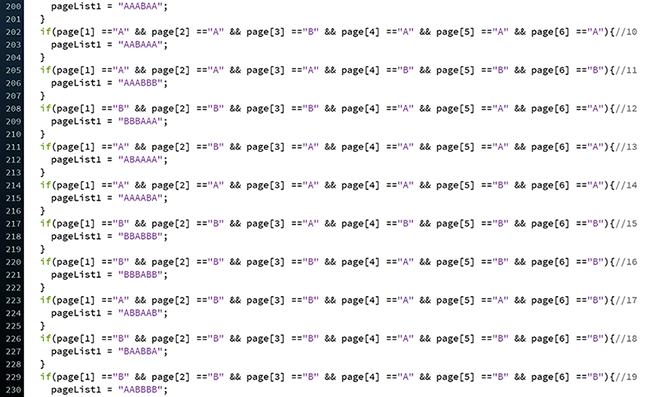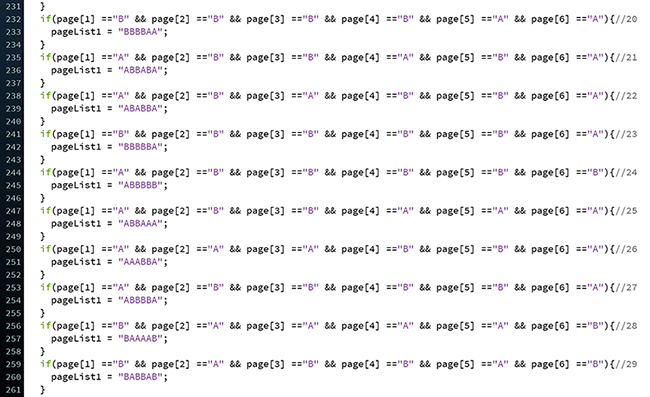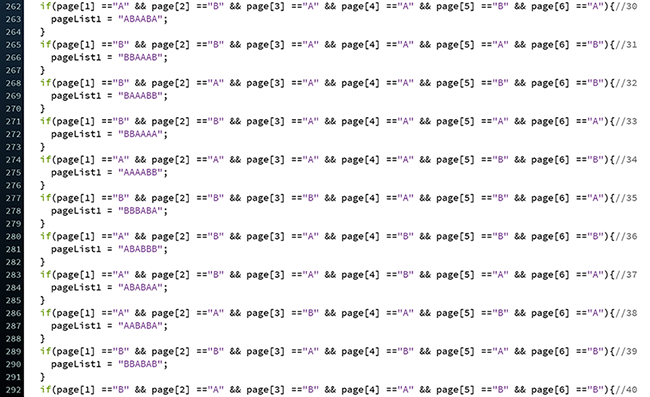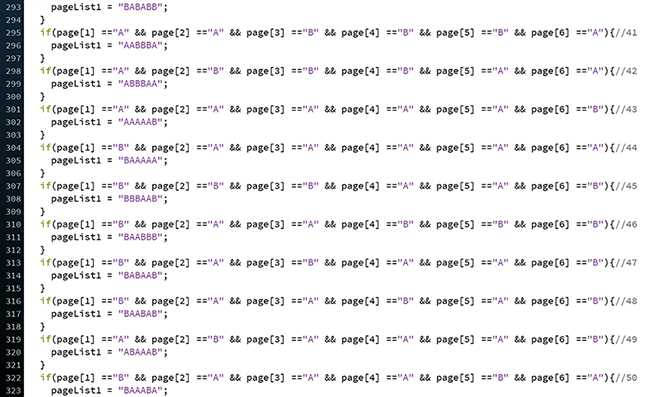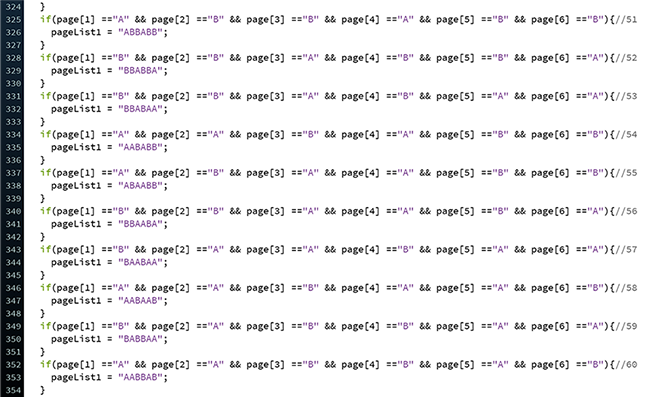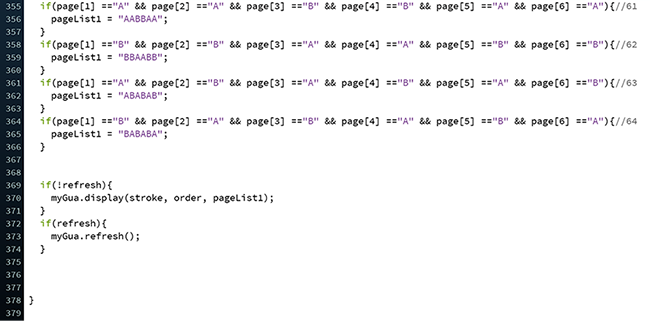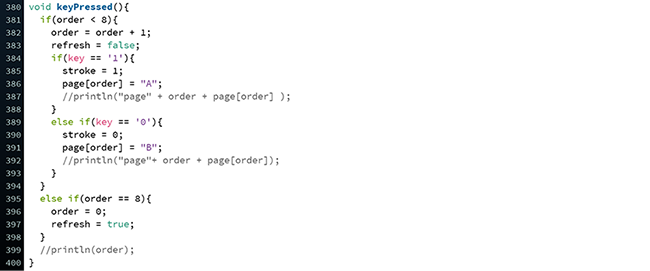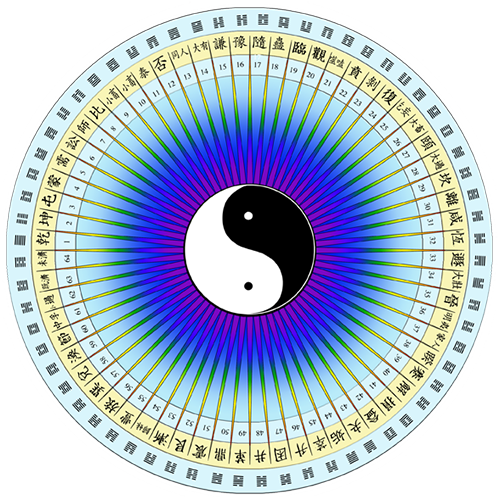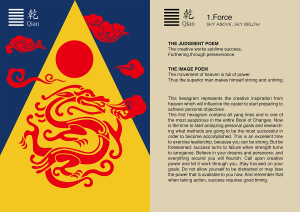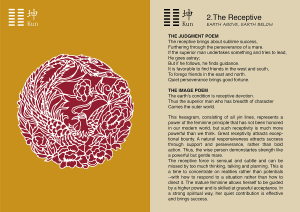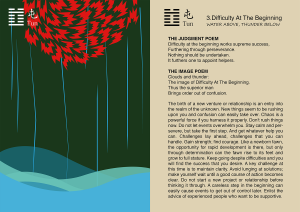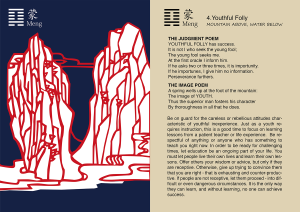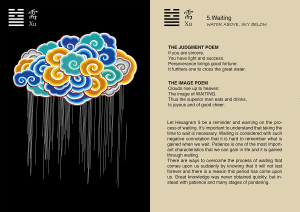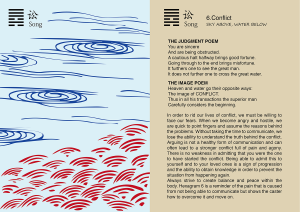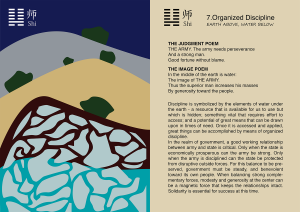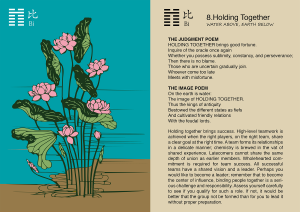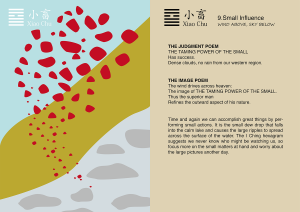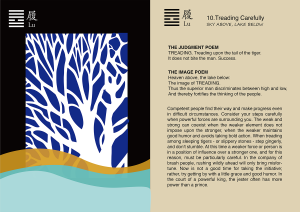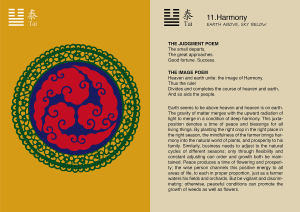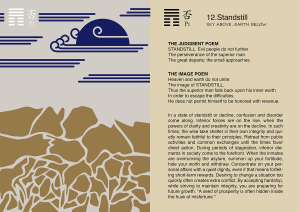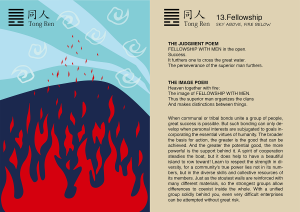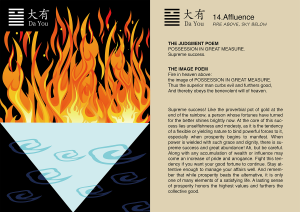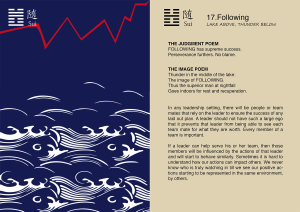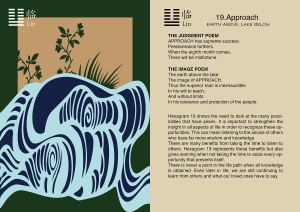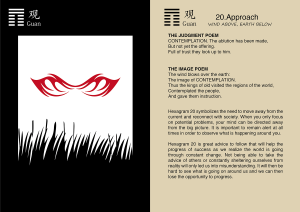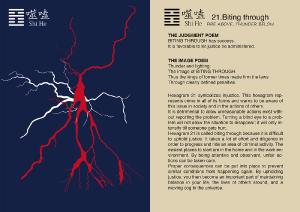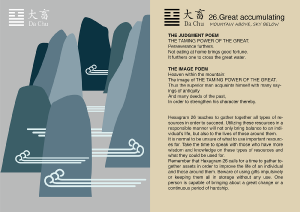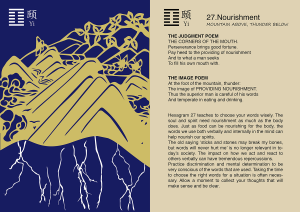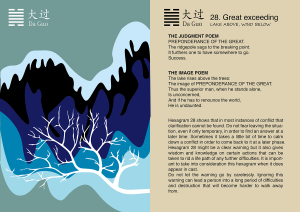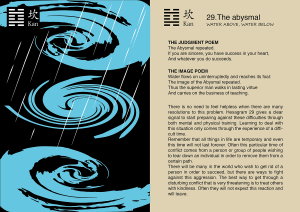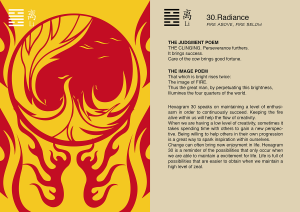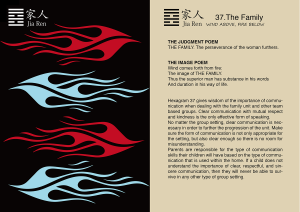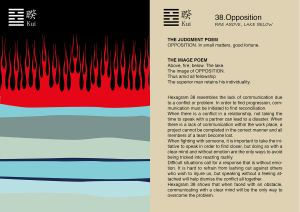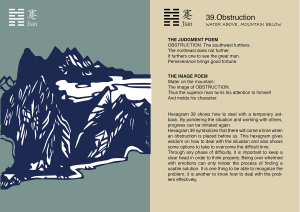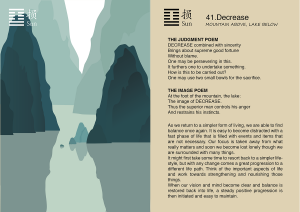| Line 81: | Line 81: | ||
=='''Coding Part'''== | =='''Coding Part'''== | ||
There are 64 combination permutations. Each hexagram has their text name and image. In this coding part, “a” represents ”1” | There are 64 combination permutations. Each hexagram has their text name and image. In this coding part, “a” represents ”1” when coin is facing up, “b” represents ”0” when coin is facing down. | ||
[[File:guacode11.jpg]] | [[File:guacode11.jpg]] | ||
[[File:guacode21.jpg]] | [[File:guacode21.jpg]] | ||
Revision as of 05:09, 2 October 2016
Introduction
Taiji is a Chinese cosmological term for the "Supreme Ultimate" state of undifferentiated absolute and infinite potential, the oneness before duality, from which Yin and Yang originate, contrasted with the Wuji ("Without Ultimate"). The Tai Ji (Supreme Ultimate) diagram shows the relationship of Yin & Yang and illustrates interdependence on Yin & Yang. Nothing is totally Yin or totally Yang. Just as a state of total Yin is reached, Yang begins to grow. Yin contains seed of Yang and vise versa.
The Bagua, are eight trigrams used in Daoist cosmology to represent the fundamental principles of reality, seen as a range of eight interrelated concepts. Each consists of three lines, each line either "broken" or "unbroken," respectively representing yin or yang. The ancient Chinese classic, I Ching, consists of the 64 pairwise permutations of trigrams, referred to as "hexagrams", along with commentary on each one.
The I Ching contains 64 hexagrams which represents a system of knowledge and ever changing divination. The I Ching is also called the Book of Changes because these symbols don’t have one set meaning but represent the universal characteristics of Yin and Yang and the ever changing possibilities of the cosmos. It will help you make better decisions and enjoy perfect timing, as you achieve or receive what you want or need.
My concept
My graphic design
These are some of visionary I Ching I designed for each hexagram and their corresponding explanation.
Get your own oracle card!
This is a game about using coins to divine and using the divination system in I Ching to develop any situation or resolve any dilemma.
There are several steps you need to follow.
1.Firstly, find a quiet place and take a minute to calm your mind.
2.Get clear about the situation or decision on your mind.
3.Shake your hands and cast the coin in your hand for six times.
4.Record the results. If the coin is facing up, it represents "Yang", you press “1” on the keyboard;If the coin is facing down, it represents "Yin", you press “0” on the keyboard.
5.Finally, there is the image of the trigrams and the explanation on the screen. You will get some inspirations and your own oracle card!
Coding Part
There are 64 combination permutations. Each hexagram has their text name and image. In this coding part, “a” represents ”1” when coin is facing up, “b” represents ”0” when coin is facing down.
